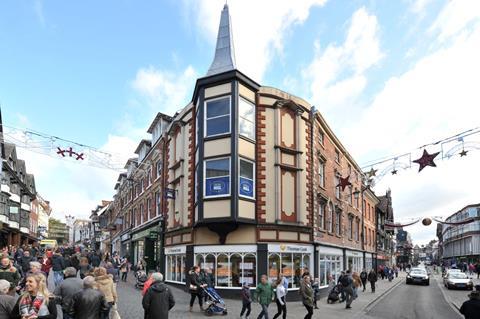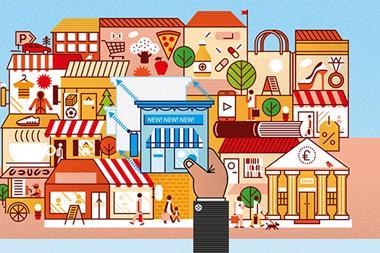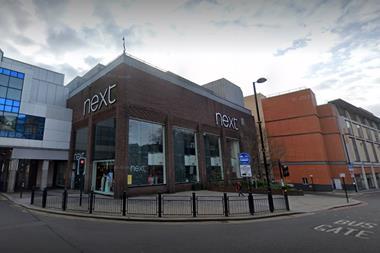Imagine you have the next great product idea, the next great retail brand. What would you do? Thirty years ago, you would have opened a store.

Twenty years ago, you might have had other plans. Reports produced in the 1990s predicted that ecommerce was superior to stores in offering consumers convenience and competitive prices. However, none of the reports produced in that era predicted today’s retail environment.
Today, consumers are not allegiant to any retail format because choosing between shopping in store or at home has been bypassed by something many 1990s retailers did not see coming - the smartphone.
The first iPhone arrived in 2007 and the ability to shop in any location with smartphones has since created a headache for retailers. However, it has been a lifeline for retail property owners.
Retailers are engaging every sales channel to secure reliable revenue from increasingly fickle consumers and, although the range of touch points with the customer has multiplied, product marketing has become more complex.
The shopping experience is now as important as the product and schemes have been adapted accordingly. One adaptation has been to adjust the tenant mix to include a wide range of goods - from essentials to luxury - while another has been to increase dining and leisure options in order to improve footfall and dwell time.
While many shopping centres have been transformed, online retailers have gone a stage further by using abundant data on consumer behaviour to adapt and maximise revenues. In turn, property managers need to do more to understand how consumers are using their assets and show retailers how to get more from their sites.
Saying a shopping centre or retail unit is good value for money to retailers versus their other sales channels is not enough; property managers need to prove it.
The smartphone has been a lifeline for retail property owners
The development of Bluetooth beacons in shopping centres is the latest step in data analytics. Beacons are hardware transmitters that passively connect with smartphones within 10 to 50 metres.
They are more precise than current wifi and GPS tracking systems and managers can use them to identify a baseline footfall for low-traffic areas of a shopping centre and track consumers’ journeys and dwell times in each store.
Digital infrastructure
Retailers can use beacons for in-store proximity marketing by sending customers personalised promotional offers or loyalty points to their smartphones for entering the store. However, customers need to have Bluetooth activated on their phones, as well as allowing push notifications and, regardless of incentives offered by retailers, some will always be reluctant to share data and location information.
Shopping centre managers should act quickly to develop a digital infrastructure that they, and all tenants, can use. Open beacon formats allow managers and retailers to share a signal.
This solution negates the need for retailers to set up their own systems, opens up the benefits to smaller retailers that can’t justify the cost and allows retailers to link beacons to third-party apps and software.
Adding a wide range of retailers as well as F&B and leisure facilities has helped maintain footfall in shopping centres. But developing a shopping centre’s digital infrastructure and using the associated data collection and analytics can help managers prove that stores are not only relevant but that they can be one of retailers’ most valuable sales and marketing channels.
A retailer in the 1990s wouldn’t have seen that one coming.
































No comments yet